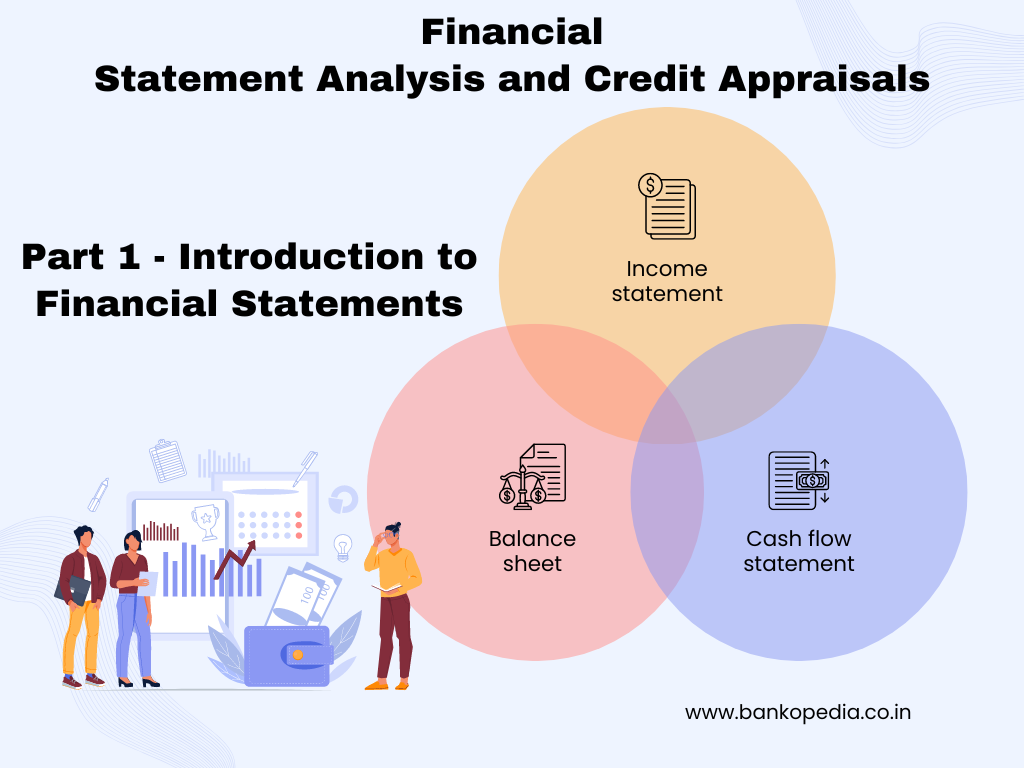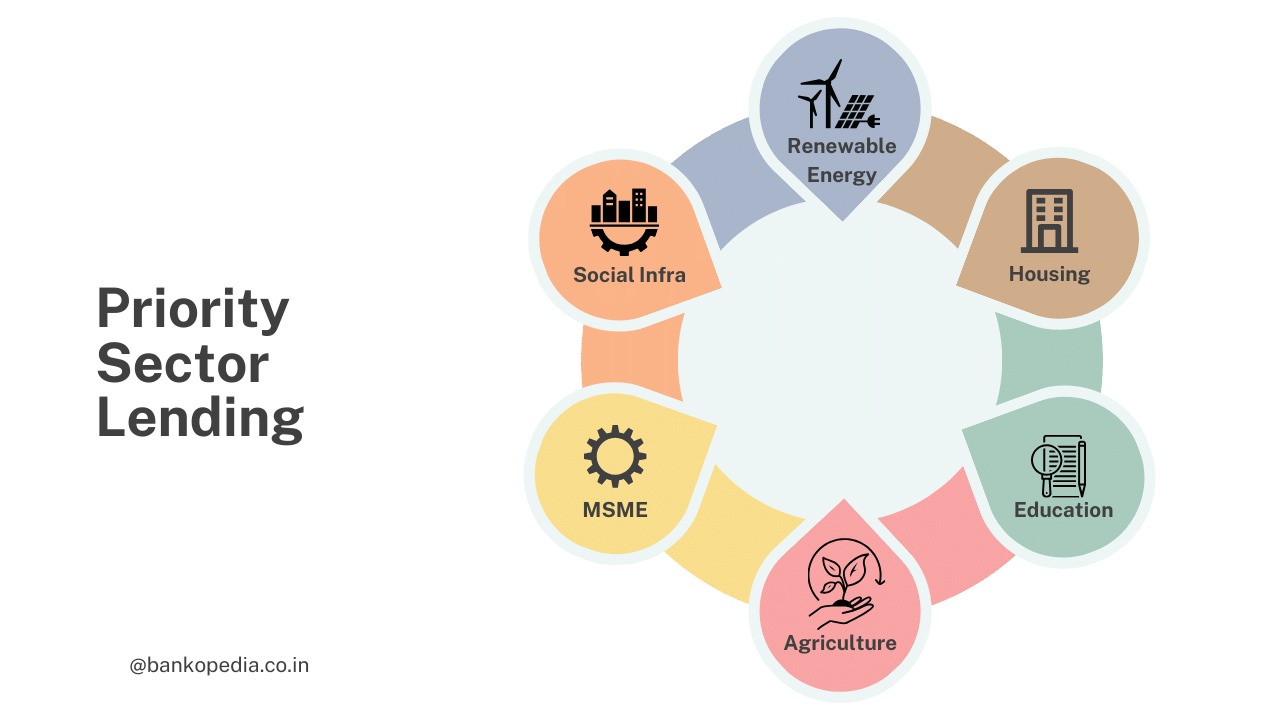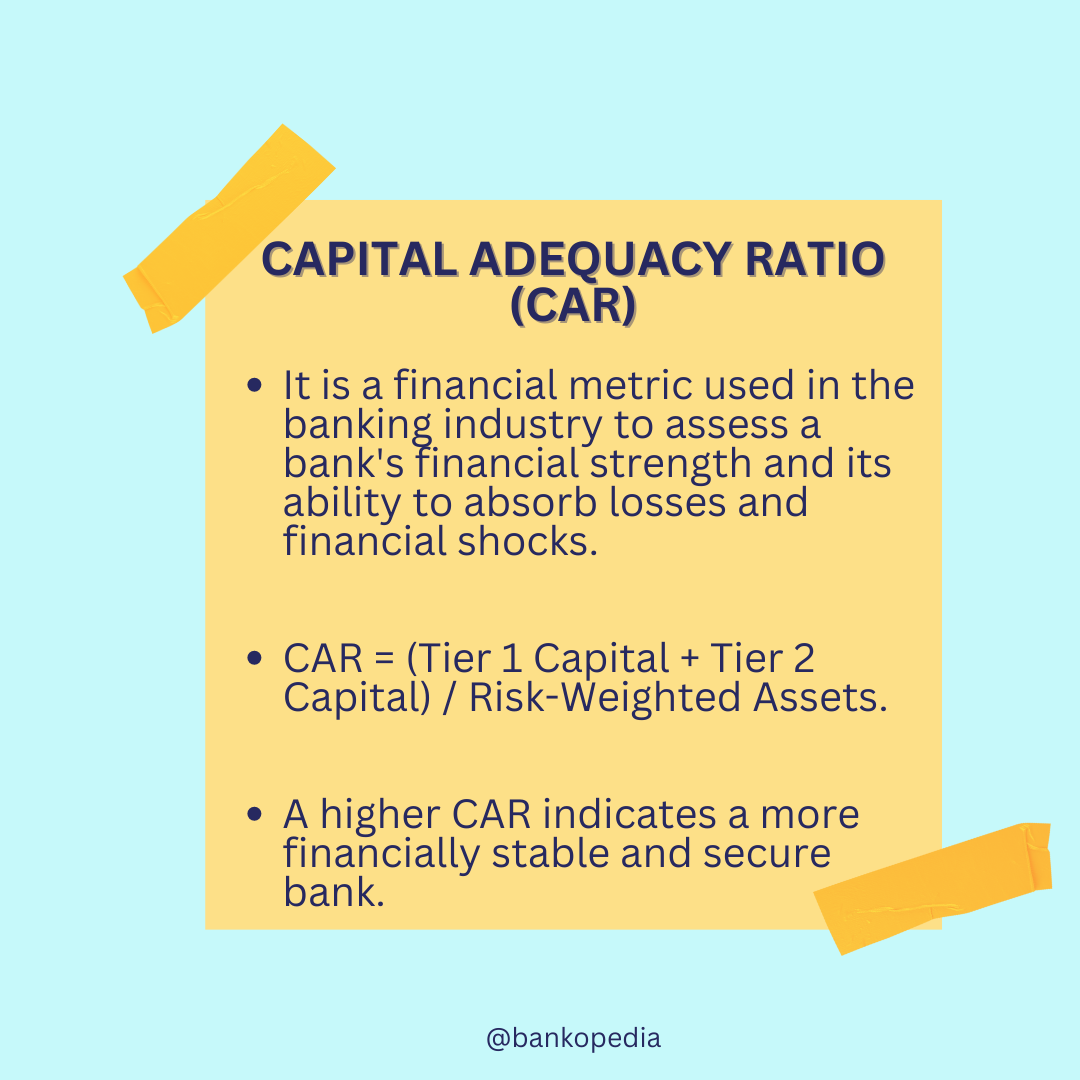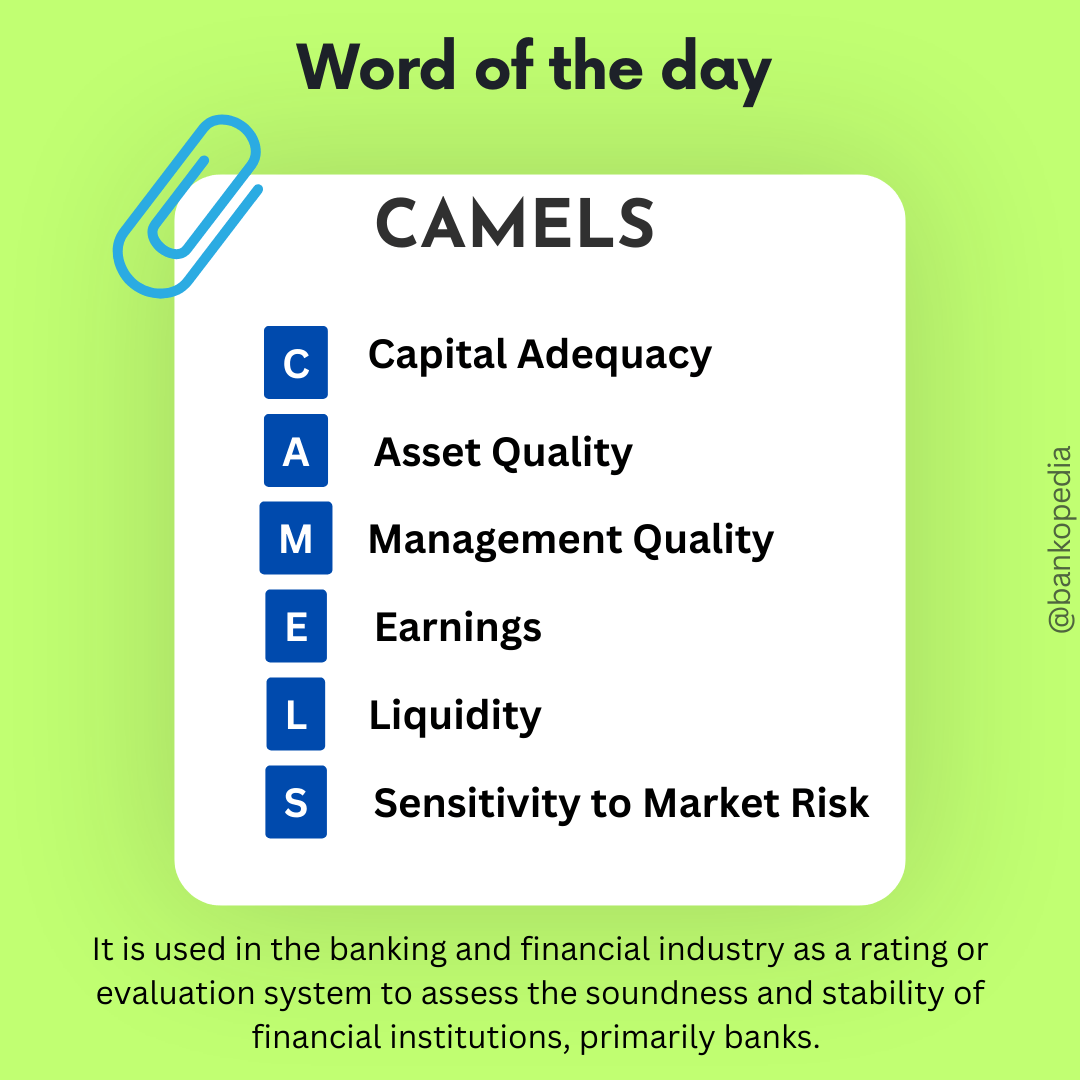It’s vital to understand the key distinctions between retail and wholesale banking, as they serve different client segments and offer unique financial products. Retail banking focuses on individual consumers and small businesses, providing services such as savings accounts, loans, and mortgages. In contrast, wholesale banking caters to larger entities, including corporations and governments, offering specialized services like commercial loans and treasury management. By recognizing these differences, you can make informed decisions about where to seek financial services that align with your needs.
Profound Economic Roles: Retail and Wholesale Banking
The Mandate of Retail Banking
Retail banking primarily serves individual consumers and small businesses, providing imperative services such as savings and checking accounts, personal loans, and mortgages. This sector plays a vital role in the economy by facilitating everyday transactions and promoting financial accessibility. It encourages saving habits among households and enables consumers to build credit profiles, ultimately leading to increased consumer spending and financial stability in the community.
The Functionality of Wholesale Banking
Wholesale banking targets large institutions and corporations, focusing on investment services, risk management, and complex financing solutions. This segment handles high-value transactions, including treasury services and foreign exchange, with the aim of optimizing capital and liquidity for clients. By offering tailored financial products, wholesale banks help organizations manage their financial strategies more effectively.
Wholesale banking encompasses various functions such as syndication, where banks come together to provide large loans to companies while sharing the risks involved. It also includes advisory services for mergers and acquisitions, allowing firms to navigate complex deals seamlessly. Through tools like derivatives, wholesale banks enable businesses to hedge against financial risks, ensuring stability when facing market volatility. Furthermore, these institutions often engage in trade financing, facilitating international transactions and promoting global commerce, which is imperative for economic growth. Such services not only enhance corporate profitability but also contribute to the larger financial ecosystem’s overall stability and efficiency.
Clientele Focus: A Tale of Two Customers
The distinct clientele in retail and wholesale banking creates a significant divergence in the services offered and the banking approach itself. Retail banking concentrates on individual consumers, providing personalized products like checking accounts, personal loans, and mortgages. In contrast, wholesale banking targets institutional entities, offering complex financial solutions such as syndicate loans, treasury management, and capital markets services.
Individual Consumers in Retail Banking
Your experience as an individual consumer in retail banking is tailored to meet everyday financial needs. You can access a variety of straightforward products aimed at facilitating savings, transactions, and loans. Retail banks focus on user-friendly services, from mobile banking apps that enable you to manage finances conveniently to customer service designed to assist with personal queries effectively.
Institutional Entities in Wholesale Banking
As a representative of an institutional entity in wholesale banking, you engage in seasoned financial transactions requiring deep market insights and specialized advice. This sector serves large corporations, investment funds, and government entities, providing expertise in risk management and capital acquisition that the consumer banking sector does not typically address.
Institutional entities in wholesale banking face unique challenges and opportunities compared to retail consumers. You deal with sophisticated financial instruments and strategies meant for large-scale operations, including mergers and acquisitions, derivatives trading, and corporate financing. Banks leverage relationships and bespoke solutions to navigate complex market conditions, significantly impacting your entity’s growth and sustainability in a competitive landscape, often handling transactions worth millions or billions of dollars. These engagements require extensive financial modeling, expert consultations, and comprehensive risk assessments to ensure sound decision-making and exceptional returns.
Financial Products and Services: A Contrasting Landscape
Retail and wholesale banking offer distinct financial products and services tailored to their target audiences, reflecting their different operational strategies and client needs.
Typical Offerings in Retail Banking
Your experience with retail banking typically includes imperative services such as savings accounts, personal loans, mortgages, and credit cards. These products cater to individual consumers and small businesses, focusing on convenience and accessibility to help you manage your daily financial activities.
Distinctive Products for Wholesale Clients
Wholesale banking delivers specialized services like corporate financing, foreign exchange, and treasury management solutions, designed to meet the complex needs of large corporations and institutions.
In wholesale banking, products extend beyond traditional lending. You might find specialized underwriting for bond issues, tailored derivatives for risk management, and structured finance solutions that cater to specific project needs. These offerings require a nuanced understanding of market dynamics and are often customized for client requirements, enabling businesses to optimize capital structure and enhance liquidity. For instance, syndicate loans involve multiple banks pooling resources to finance substantial projects, highlighting the collaborative nature of this banking segment.
Risk Management and Compliance: Navigating Different Waters
Risk management and compliance practices vary significantly between retail and wholesale banking, as each faces distinct challenges and regulatory pressures. Retail banks focus on factors like credit risk arising from consumer lending, while wholesale banks deal with market and counterparty risks associated with large transactions and sophisticated financial instruments. Understanding these differences is vital for effectively navigating the regulatory landscape, ensuring compliance, and managing risks unique to each sector.
Regulatory Frameworks for Retail Banks
Retail banks operate within stringent regulatory frameworks designed to protect consumers and maintain financial stability. Laws like the Dodd-Frank Act and Basel III establish guidelines for capital requirements, risk management practices, and consumer protections. Compliance with these regulations is critical, as violations can result in hefty fines and reputational damage. You must continually monitor changes in legislation to ensure your business adheres to all consumer-focused mandates effectively.
Risk Assessment Strategies in Wholesale Banking
Wholesale banks employ robust risk assessment strategies to mitigate the complex risks tied to high-stakes financing and market fluctuations. These strategies often include comprehensive credit assessments, stress testing, and the use of advanced modeling techniques to evaluate potential losses. Aggressive risk management frameworks help you navigate intricate transactions while minimizing exposure to default, especially in volatile markets.
In wholesale banking, techniques such as value-at-risk (VaR) models, scenario analysis, and credit derivatives are commonly utilized to quantify and manage risks. Institutions analyze extensive data sets to inform decision-making and identify correlations between market movements and potential financial impacts. By employing these quantitative measures, you can better assess credit risks associated with counterparties and optimize your portfolio to safeguard against adverse market shifts. This proactive approach ensures not only compliance with regulatory requirements but also enhances the overall resilience of your business model in a competitive landscape.
Profit Mechanisms: The Divergent Revenue Streams
Interest Margin and Fees in Retail Banking
In retail banking, your primary revenue stems from the interest margin between what you pay depositors and what you charge borrowers. This margin is supplemented by service fees on accounts, transaction charges, and penalty fees, all contributing significantly to your bottom line. For instance, institutions often charge maintenance fees or overdraft fees, enhancing profitability in an environment where customer loyalty can drive volume. The focus is on fostering long-term client relationships to ensure stable, recurring income.
Investor Returns and Syndication in Wholesale Banking
Wholesale banking generates income through fees on large-scale lending and advisory services as well as syndication arrangements. You engage in arranging loans for corporations and large institutions, earning fees based on the complexity and size of the deal. Additionally, underwriting services for securities offerings provide avenues for substantial returns. These activities require deep market knowledge and relationship management, differentiating your operational model from retail banking.
Investor returns in wholesale banking often emerge from syndicating loans, where you pool resources with other financial entities to mitigate risk on large deals. For example, when financing a $500 million project, the syndication allows multiple banks to share the loan, each receiving a portion of interest income while limiting exposure to any single creditor. This collective approach not only diversifies risk but can also yield higher returns per transaction, illustrating the profitable synergies available in wholesale banking dynamics.
Summing up
From above, you’ve gained insight into the key distinctions between retail and wholesale banking. Retail banking focuses on individual customers, offering personalized services such as savings accounts and loans, tailored to meet your everyday financial needs. In contrast, wholesale banking targets larger institutions and corporations, facilitating high-value transactions and services such as treasury management. By understanding these differences, you can better identify which banking sector aligns with your financial goals and requirements.










